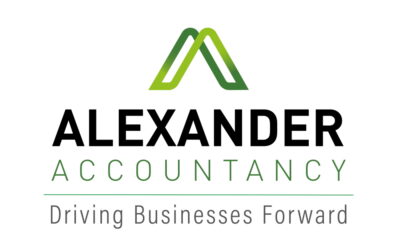
4th August 2023 Posted by - Alexander Accountancy
HMRC Annual Report shows some important trends for business owners
HMRC’s annual report was published last week, and it shows that they failed to meet many of their key customer services measures in 2022-23. Customer satisfaction dropped to 79% from 82% last year and telephone performance has also declined with an average wait of 16 minutes to get through to an adviser. 63% of callers waited more than 10 minutes, with an average wait-time of over 20 minutes in January to March 2023. To their credit, HMRC have improved their correspondence reply time to 73% cleared within 15 days from 46% in 2021-22.
HMRC thinks the solution lies in the use of online services by taxpayers and wants to reduce the volume of contact by telephone and post by 30% before 2025. However, given HMRC’s past record on missing its technology deadlines, this is probably unlikely without further resources being made available. Long wait times for taxpayers look likely to continue.
The report highlighted that HMRC have maintained a long-term reduction in the UK’s tax gap (the difference between the amount of tax that should, in theory, be paid to HMRC and what is actually collected) from 7.5% of total theoretical tax liabilities in 2005 to 2006, to 4.8% in 2021 to 2022.
To ensure everyone pays the “right” tax, HMRC have a compliance strategy with 3 elements: preventing non-compliance, promoting good compliance, and being robust in their response to those who bend or break the rules. In 2022-23 HMRC delivered £34 billion of compliance yield – the term for money that would have been lost to the Exchequer if not for HMRC compliance work. While it’s lower than they aimed for this year, it’s higher than the 2 previous financial years.
In the last fifteen years, in the wake of the “Crash” of 2008, the subsequent recession and the Pandemic, the UK National Debt has risen to the worrying level of 101.7 percent of Gross Domestic Product. HMRC have been tasked with increasing their efforts to help with this by recovering as much tax as possible and closing the tax gap even further.
We are seeing HMRC putting increasing resources into tax investigations, following the investment into their IT infrastructure and employee numbers – HMRC have been known to launch investigations into individuals and businesses that leads to little to no tax being recovered, following investigation. Some recent statistics have revealed that 2 in 5 taxpayers who were investigated paid no additional tax even though they had to go through the trauma of an HMRC tax investigation.
It’s a situation faced by thousands of UK businesses each year, one which has stepped up following the Pandemic as HMRC seeks to crack down on fraudulent claims for financial support. This has led to a growing number of UK businesses being randomly selected for investigation, with even sole traders finding their accounts subject to scrutiny.
Many of our clients protect themselves from the costs of an HMRC investigation with Fee Protection insurance. Tax fee protection insurance can save you from the unexpected costs of having your business accounts investigated. HMRC investigations can run into thousands of pounds in costs – hundreds of thousands in some cases. Having fee protection in place gives you the reassurance that your accountant’s costs in dealing with the investigation will be covered.
If you are not covered, then talk to us about our comprehensive fee protection insurance and expert advice. Call 01283 743851 or email in**@al*******************.uk or click here to use our contact page
See: HMRC’s annual report and accounts 2022 to 2023: performance overview – GOV.UK (www.gov.uk)
